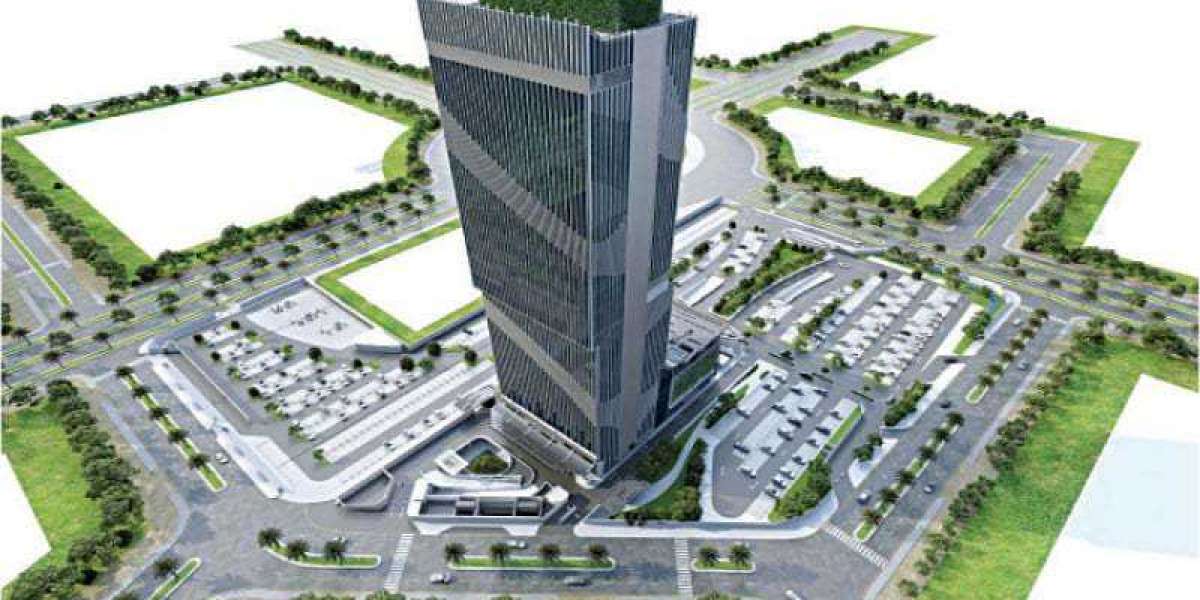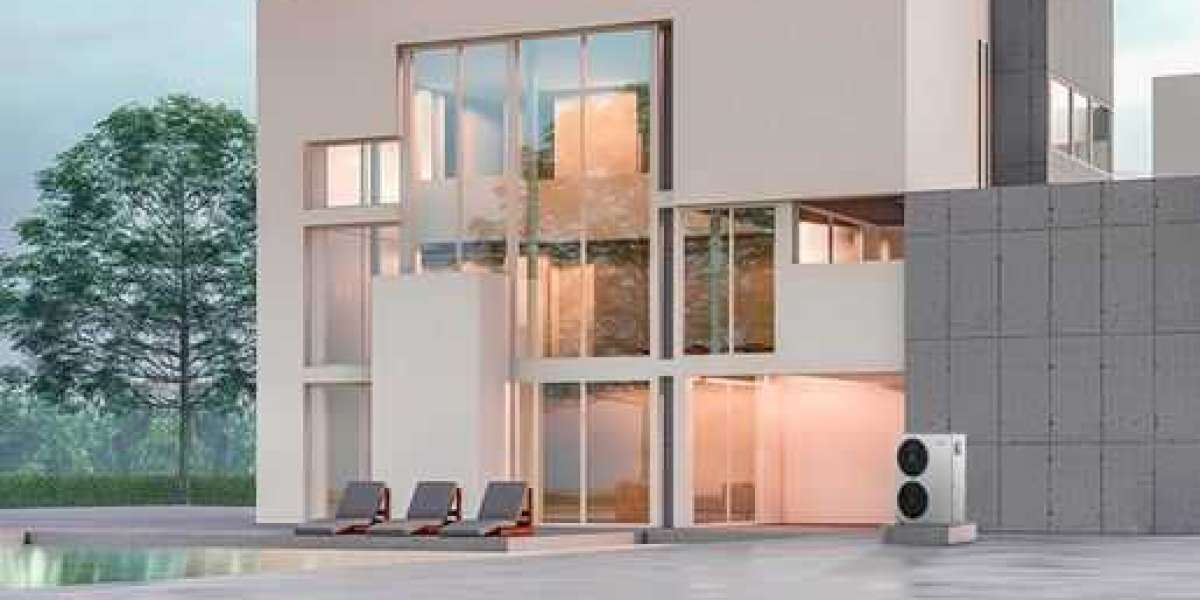The modern urban landscape is a canvas painted with towering symbols of progress, innovation, and architectural prowess. Hi-rise commercial towers have become more than just buildings; they are iconic representations of the cities they grace, encapsulating the spirit and aspirations of their surroundings. These architectural marvels not only reshape city skylines but also shape the narrative of urban life and global commerce. Let's delve into the world of these urban icons that define city skylines across the globe.
The Rise of the Skyscraper
The story of hi-rise commercial towers is closely intertwined with the evolution of architecture and technology. The term "skyscraper" originally referred to the towering masts on sailing ships, but over time, it came to describe the remarkable structures that punctuate cityscapes. The late 19th century marked the birth of the skyscraper era, driven by advancements in steel-frame construction and the development of efficient elevators. This technological progress enabled architects and engineers to dream big and build even bigger.
Beyond Concrete and Steel
While concrete and steel are the bedrock of modern skyscraper construction, the true essence of these structures lies in their design. Each tower is a unique blend of aesthetics, functionality, and cultural significance. Take the Petronas Towers in Kuala Lumpur, for instance. These twin towers are not only a marvel of engineering but also an embodiment of Malaysian heritage and modernization. Their sleek lines and Islamic-inspired motifs harmonize tradition with progress, making them more than just office spaces—they're cultural landmarks.
Touching the Sky: Symbolism and Identity
Skyscrapers often carry deep symbolism, reflecting the identity and aspirations of a city or nation. The Burj Khalifa in Dubai stands as a testament to human ambition, soaring above the desert sands to proclaim Dubai's emergence as a global economic hub. The Shard in London, with its shard-like design, pierces the sky as a symbol of London's resilience and ability to blend tradition with modernity.
Sustainable Giants
In an era of heightened environmental consciousness, hi-rise commercial towers are not only reaching for the clouds but also striving for sustainability. Buildings like One Bryant Park in New York City and the Shanghai Tower in China are incorporating innovative green technologies, from rainwater harvesting to energy-efficient glass facades. These structures stand as beacons of eco-conscious design, challenging the notion that tall buildings must be energy-intensive.
The Skyline as a Canvas
A city's skyline is its visual identity—a tapestry of architectural stories that speaks to its history, culture, and economic prowess. Hi-rise commercial towers add depth and character to this narrative. The skyline of New York City wouldn't be the same without the Empire State Building or One World Trade Center. Likewise, the Eiffel Tower and the Montparnasse Tower contribute to the unique silhouette of Paris.
A Glimpse into the Future
As we peer into the future, the world of hi-rise commercial towers is poised for even more innovation. From vertical forests that blend architecture and nature to buildings that generate their own energy, the boundaries of design and possibility are continually pushed. As cities expand vertically to accommodate growing populations, these towers will not only define skylines but also set the stage for sustainable urban living.
In conclusion, hi-rise commercial towers are more than just concrete and steel structures; they are the embodiment of a city's soul. From their historic origins to their symbolic significance, these urban icons redefine the way we perceive and interact with our surroundings. As our cities continue to evolve, so will these architectural giants, standing as testaments to human ingenuity and the boundless heights of our aspirations.







